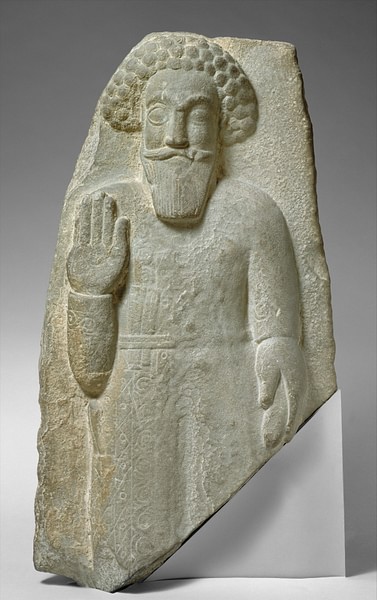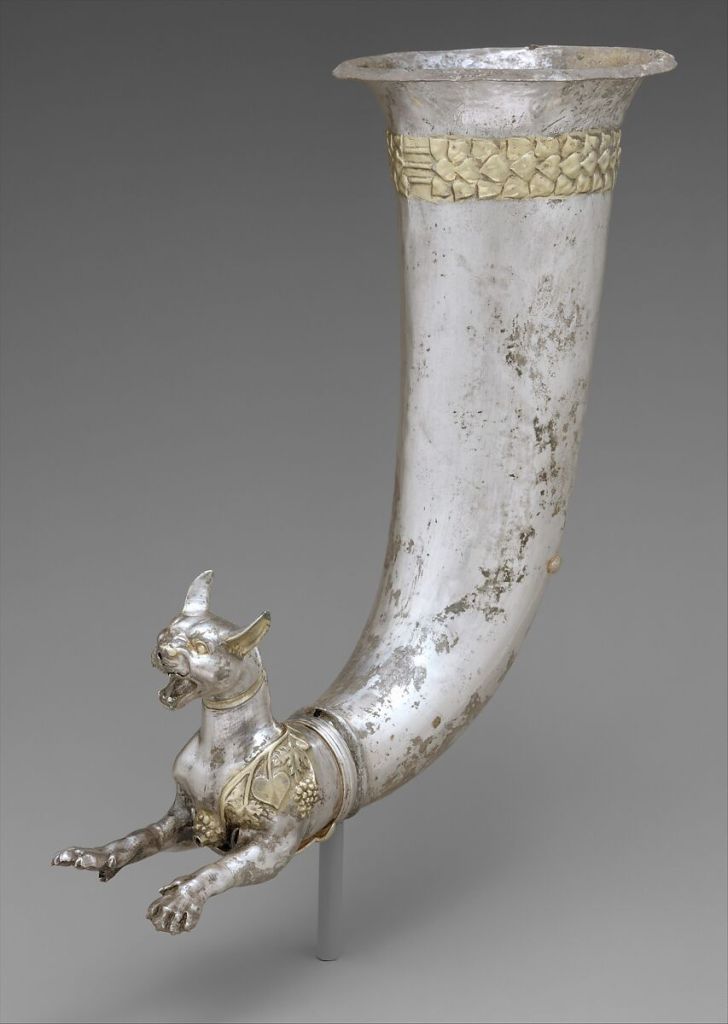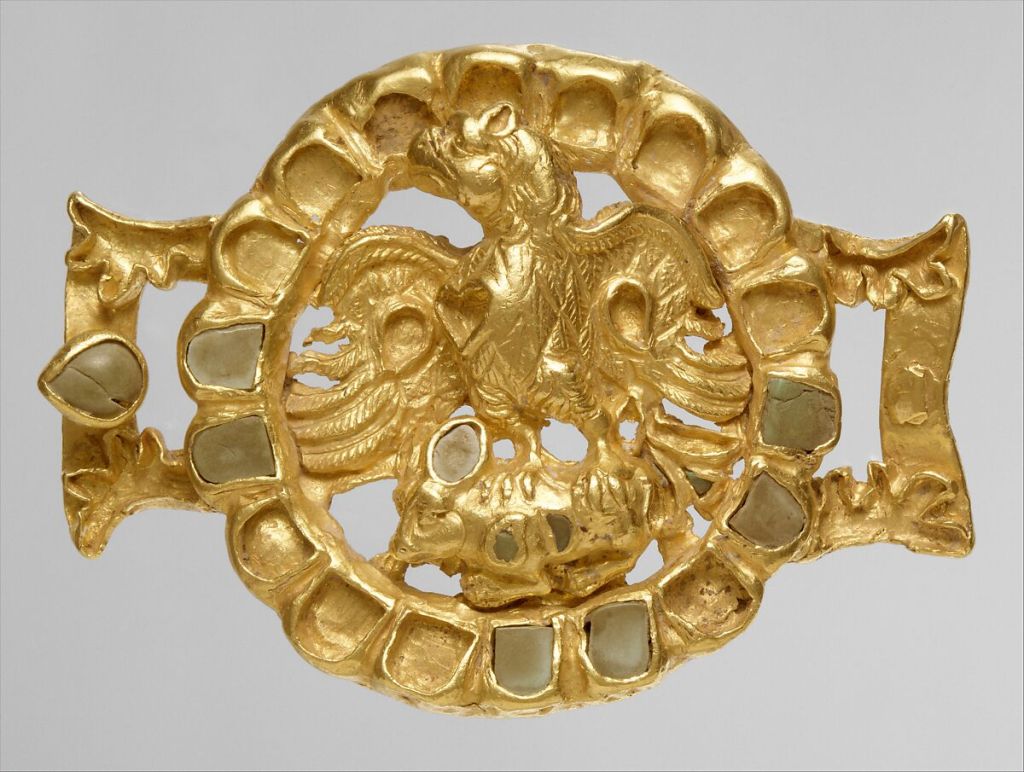Parthian Art
The Parthian Empire, though often overshadowed by its artistic neighbors like Greece and Rome, produced a unique and fascinating artistic style. This art form, a captivating blend of influences, reflected the power and cultural diversity of the empire.

Parthian art emerged as a fusion of various artistic traditions. Greek (Hellenistic) influences remained strong, particularly in depictions of figures and architectural elements. However, Parthian artists readily incorporated elements from Mesopotamian and Iranian artistic traditions, creating a truly hybrid style.
Unlike Greek and Roman art, which often depicted figures in profile or engaged in action, Parthian art embraced a distinctive feature – frontality. Figures, especially important individuals on reliefs and sculptures, were portrayed facing directly forward, creating a sense of directness and engagement with the viewer. This characteristic foreshadowed styles seen much later in Byzantine art.
Sculpture and Reliefs
Stone sculptures and reliefs were a prominent form of Parthian art. These adorned temples, palaces, and other public buildings. They depicted deities, rulers, historical events, and mythological scenes. A defining characteristic was the “frontality” where figures faced the viewer directly, often showcasing intricate details in clothing and weaponry.





Metalwork
Parthians were highly skilled in metalworking, particularly with gold and silver. This artistry manifested in intricate jewelry, elaborate weapon decorations, and decorative vessels. The metalwork often displayed mythological figures, floral patterns, and geometric designs.






Frescoes and Paintings
While less well-preserved today, wall paintings and frescoes were likely a significant art form adorning elite residences and public buildings. The excavations at Dura-Europos have revealed some remarkable examples, showcasing the Parthian focus on narrative and the blending of artistic styles.



Terracotta Figures
Common in Parthia, terracotta figures were baked-clay works serving various purposes. From adorning homes to religious offerings or even toys, these figures depicted a range of subjects – deities, warriors, musicians, and animals. Interestingly, some figures showed Greek influence, especially nudes. But many reflected a distinct Parthian style, with figures in elaborate clothing and unique hairstyles.






Understanding Parthian art allows us to appreciate the cultural richness and dynamism of the Parthian Empire. It serves as a testament to their ability to not only conquer vast territories but also to create a unique artistic legacy that continues to fascinate us today.
